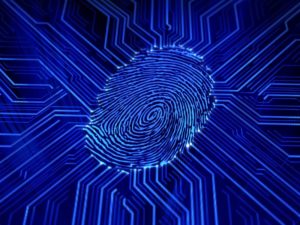
TeamViewer has added biometric authentication to its Remote Control app. As the name would suggest, the Remote Control app is a remote access tool that allows people to use a smartphone to access and control another device like a computer or tablet. The new biometric authentication feature will add an extra layer of security to those connections, and allow people to leverage the face and fingerprint recognition scanners that now come standard on many mobile phones.
The upgraded Remote Control app is compatible with Android devices, and with the iPhone’s Touch ID and Face ID technology. The TeamViewer platform can be set up to require step-up biometric and two-factor authentication for each remote access request, ensuring that the target device remains safe even if a hacker has access to an unlocked mobile phone. In that regard, users can register their mobile devices to the TeamViewer system, and will then be given the opportunity to approve or deny any connection from one of those devices.
Biometric authentication is being introduced as part of a broader update that also includes a handful of other security and performance improvements. Most notably, the update introduces an augmented black screen utility that prevents the host screen from lighting up during a remote access event. In doing so, it ensures that the information on that machine remains hidden from anyone who might be wandering past it at the office. Other upgrades include a remote reboot feature, mouse support for iPad, and a new user interface that makes it easier to use keyboard shortcuts when filling in text fields.
“Smartphone ownership and usage has exploded over the last 10 years and so have the security capabilities within the devices,” said TeamViewer CTO Mike Eissele. “The latest version of TeamViewer Remote Control takes advantage of these newer native features and pairing biometric authentication with the many other security features already within our platform makes TeamViewer one of the most trusted remote access tools on the market.”
BioCatch has previously noted that remote access activity increased during the COVID-19 pandemic. Both BioCatch and ThreatMark have advocated for the use of behavioral biometrics to guard against remote access fraud that involves an element of social engineering.
–
(Originally posted on FindBiometrics)

Follow Us